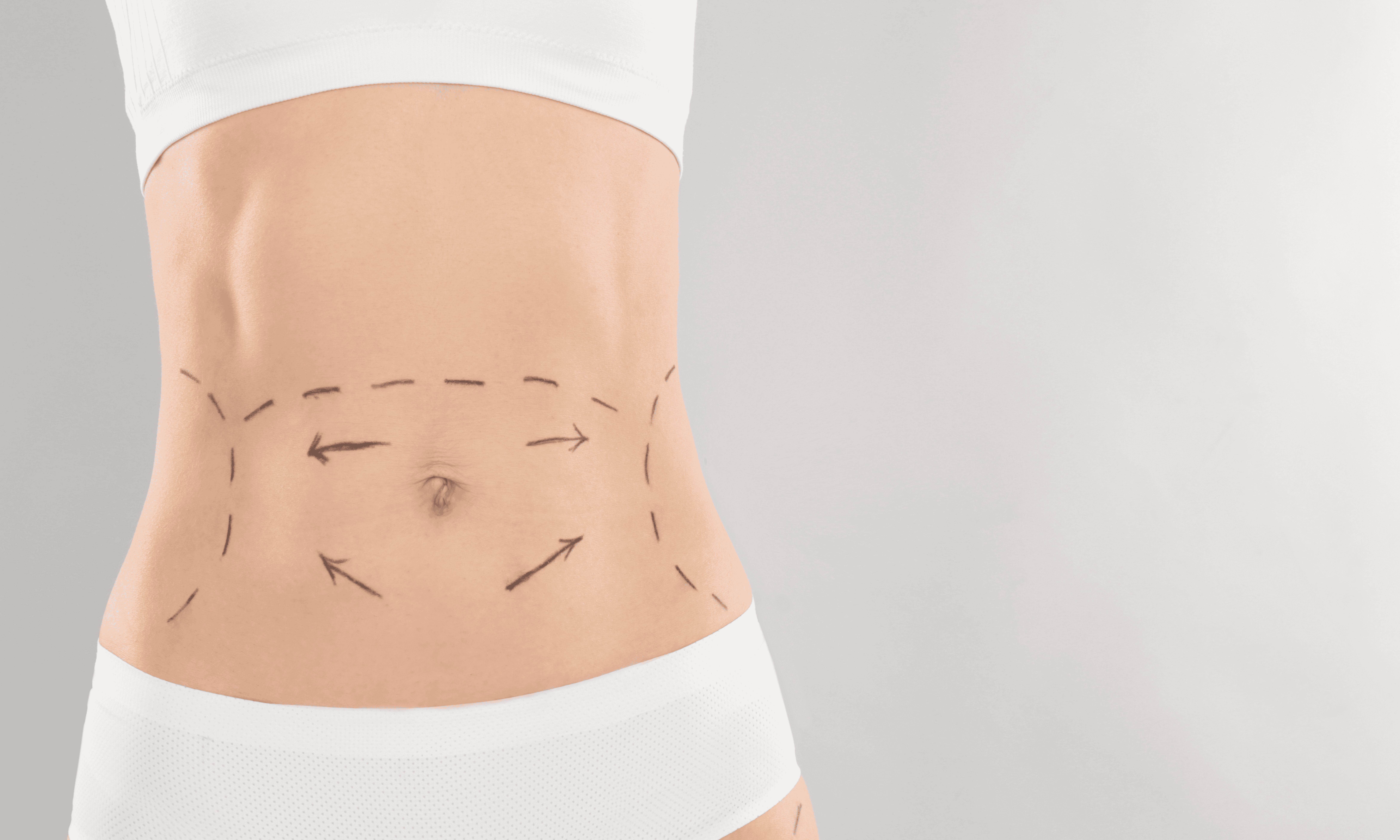
Everything you need to know about Tummy Tucks: Procedure, considerations, and recovery
Tummy tuck, also known as abdominoplasty, is a surgical procedure aimed at improving the abdominal contour by removing excess skin and fat. Here's a comprehensive look at the procedure, considerations, and recovery.
The Procedure
Consultation: A abdominoplasty begins with a consultation with a qualified plastic surgeon. During this discussion, medical history, expectations, and the suitability of the procedure are explored. Different types of tummy tucks are explained, tailored to the individual's situation.
The surgery: The procedure involves making a horizontal incision above the pubic bone, removing excess skin and fat, and, if necessary, tightening the abdominal muscles. Realistic expectations and open communication with the surgeon are crucial.
Recovery: Following the surgery, a recovery period ensues. Discomfort and swelling may occur, manageable with prescribed measures. Wearing compression bandages and diligently following postoperative instructions are vital for optimal recovery.
Considerations and risks
A tummy tuck is not without considerations and risks. Infections, bleeding, scarring, and reactions to anesthesia are potential complications. It is essential to comprehend the risks and ensure careful preparation and follow-up.
Recovery and results
A successful recovery post-tummy tuck demands patience, rest, and avoidance of strenuous activities. The ultimate result, a potentially firmer abdominal contour, gradually becomes evident as swelling diminishes.

Realistic expectations
A tummy tuck is a personal choice that requires thoughtful consideration and realistic expectations. Before making a decision, individuals should take the time to assess their motivations for undergoing the procedure and ensure that their expectations align with what is realistically achievable. Understanding that the results can vary from person to person is key to a satisfying post-operative experience.
Being thoroughly informed about the procedure and potential complications is crucial. Patients should actively engage in discussions with their surgeon, asking questions about the surgical process, expected outcomes, and possible risks. Additionally, researching reputable sources and seeking testimonials from individuals who have undergone a tummy tuck can provide valuable insights, contributing to a well-rounded understanding of the procedure.
While a qualified surgeon can provide guidance, the decision ultimately rests with the individual patient. A successful outcome is often the result of a collaborative effort between the patient and the surgeon. Open communication, trust, and a shared understanding of the desired outcomes are vital components of this partnership. Patients should feel empowered to express their concerns and preferences to ensure the procedure aligns with their unique goals and expectations.
Cost of Tummy Tuck surgery in 20 different countries (converted to euros)
A tummy tuck, also known as abdominoplasty, is a surgical procedure aimed at removing excess skin and fat from the abdomen and tightening the abdominal muscles. The cost of this surgery can vary significantly from one country to another due to factors such as local living standards, medical expenses, and the reputation of the surgeons. Here is an overview of the average costs of a tummy tuck in 20 countries around the world, converted to euros (EUR) for better comparison:
- United States: 6,000 - 12,000 EUR
- Canada: 5,000 - 10,000 EUR
- United Kingdom: 6,000 - 11,000 EUR
- France: 5,500 - 10,000 EUR
- Germany: 5,500 - 10,000 EUR
- Australia: 7,000 - 15,000 EUR
- Brazil: 3,000 - 7,000 EUR
- India: 2,500 - 6,000 EUR
- Singapore: 6,000 - 12,000 EUR
- South Korea: 5,500 - 10,000 EUR
- Japan: 6,000 - 12,000 EUR
- Turkey: 3,000 - 6,000 EUR
- Mexico: 2,500 - 5,500 EUR
- United Arab Emirates: 6,000 - 12,000 EUR
- South Africa: 3,000 - 7,000 EUR
- Russia: 3,500 - 7,000 EUR
- Spain: 5,500 - 10,000 EUR
- Italy: 5,500 - 10,000 EUR
- Netherlands: 5,500 - 10,000 EUR
- Switzerland: 6,500 - 13,000 EUR
These prices converted to euros are indicative and may vary based on the complexity of the procedure, the surgeon's reputation, the equipment used, and hospital fees. It is recommended to consult multiple specialists, understand the details of the surgery, and verify what is included in the total cost before making a final decision.

Questions to ask your surgeon before a Tummy Tuck
Patients considering a tummy tuck should ask their surgeon the following questions before the procedure:
- What are the different tummy tuck techniques available, and which one would be best suited for my case?
It is essential to understand the various surgical options for a tummy tuck and determine which option is the best fit for your specific needs. - What are the typical results of a tummy tuck, and what can I expect in terms of appearance and scarring?
Discuss the expected results of the tummy tuck with your surgeon, including changes in appearance and potential scarring, to have realistic expectations. - What are the potential risks and complications associated with a tummy tuck, and how can they be minimized?
Like any surgical procedure, a tummy tuck carries risks. It is important to talk to your surgeon about possible complications and preventive measures. - What is the recovery period after a tummy tuck, and what precautions should I take during this time?
It is crucial to understand how long the recovery will take after a tummy tuck and which activities should be avoided or limited during the healing period. - What is the cost of a tummy tuck, and what is included in this cost?
Ask your surgeon to provide a detailed breakdown of the costs associated with the procedure, including consultation fees, surgery, anesthesia, and follow-up visits. Make sure to also discuss any potential additional costs.
Asking these questions will help you make an informed decision about undergoing a tummy tuck. Ensure you maintain open communication with your surgeon to develop a treatment plan that meets your aesthetic and medical needs.


